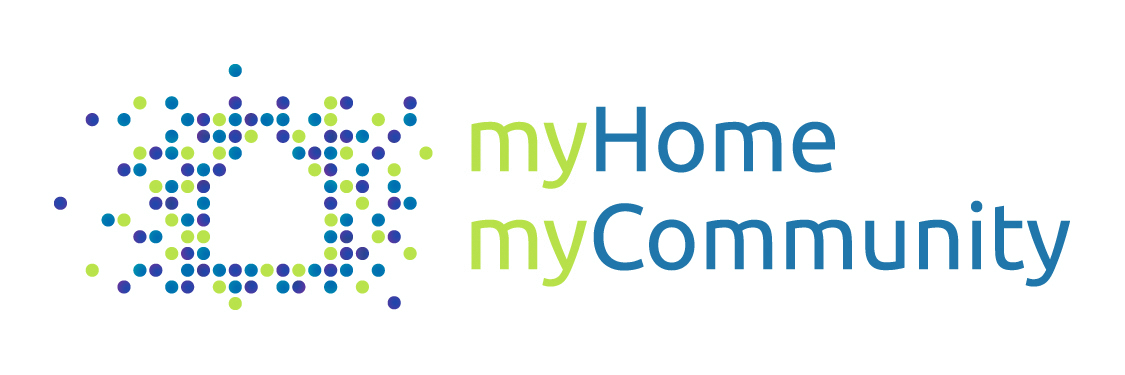Understanding inclusion in housing
In November 2017 the Canadian government released the National Housing Strategy (NHS). The Strategy is focused on improving access to safe, affordable housing. It commits $40 billion over ten years to reach specific goals. One of its goals is to create 2,400 new affordable housing units for people with a developmental disability. It also recognizes housing as “a cornerstone of inclusive communities.”
It’s exciting to see housing getting the attention it deserves. From a long history of institutionalization, to residential living that still limits individual freedom and choice, Canada has a long way to go before people with a developmental disability have the same options in housing as everyone else.
Many families know from personal experience the difference that housing can make in their son or daughter’s life. The right housing can open doors to a life that is full of meaning, connection, and contribution. Plus, research has shown that community inclusion is important for well-being and good health.
With this in mind, My Home My Community looked at the aspects of housing that contribute to inclusion.
What defining characteristics make housing inclusive?
Are there ways to help building developers and funders intentionally create housing that is inclusive?
We defined housing inclusivity as “the degree to which a person’s home either contributes or presents barriers to their participation in the broader community”.
By reviewing academic articles, studies and reports we found five housing-related areas that impact inclusion. We also learned that one area alone isn’t enough to make inclusion happen. All five need to be considered and measured to create inclusive housing:
· Person: We need to consider the individual. What is their income? What are their needs for support? What allows that person to live in their home and take advantage of opportunities in their neighbourhood? Things like personal supports, choice and control, social connection, and safety are all related to this area.
· Household: We need to consider the household as a whole. This may mean a family, roommates, or a person living alone. As a group, do they have the support and tools they need to access housing that meets the needs of everyone in the home? This includes looking at whether housing is suitable (has enough bedrooms), is affordable, and provides renters with long-term security (won’t be forced to move).
· Dwelling: We need to consider the physical building and if it creates any barriers to participation and independence. This means considering whether the house is adequate (needs any major repairs) and is accessible.
· Structure: In buildings that have several homes (apartments, condos), we need to look at how the building impacts accessibility, and opportunities for social connections. This includes resident and social mix. Social mix is about purposefully including diverse people in a building and encouraging them to make connections with people from other groups. From a disability perspective, resident mix means the ratio of people with and without disabilities living in the same building. Structure must also consider the ways that buildings are designed to encourage social connection (common spaces) and links between building management and available community supports and services.
· Neighbourhood: We need to consider how the neighbourhood is physically built and what social opportunities, amenities and service options it provides. This includes how close the home is to services and social opportunities (walkable, access to public transit) and whether it is safe.
We used this information to create a tool that can help measure the inclusiveness of existing housing and new housing that is being planned. The Inclusive Housing Index takes these five areas and adds measurement tools that consider the unique needs of people with an intellectual disability. We recognize that simply being present within the community is not enough for a person to experience inclusion. That’s why the tool looks at ways to remove social barriers as well as physical ones. We know that by building more inclusive communities, everyone benefits - and we’re working hard to make this happen!
